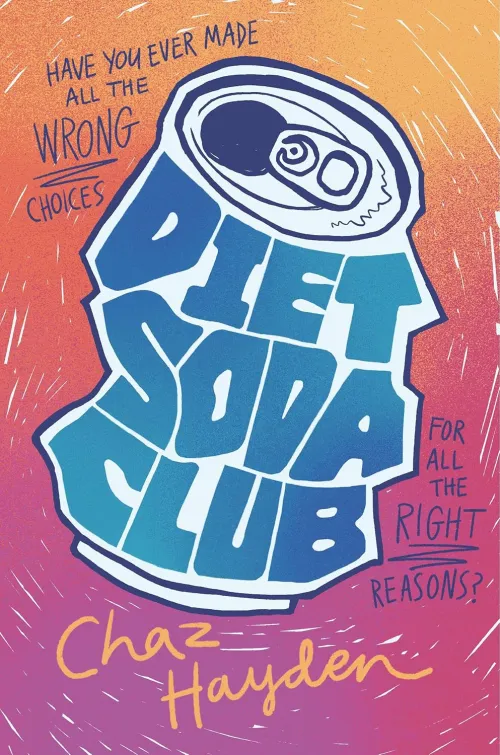Share this Book
Get students thinking about the relationships in Diet Soda Club. Working in pairs, have them choose and examine a specific relationship and find scenes where trust had to be built or repaired, respect was tested, or support was given (or withheld). Students should take notes on how each character handled the moment and then brainstorm what else the character might have said or done to strengthen the relationship.
Then have students take what they’ve discussed and create a set of discussion cards that could be used by other students or book clubs reading Diet Soda Club to talk about real-world relationships. Each card should include a short scenario based on an event or conflict in the book, followed by an open-ended question that invites reflection and conversation about similar situations in life.
Examples might include:
- Scenario: Reed is slow to warm to Helena’s efforts to reconnect even though she tries to be there for him.
Question: How do you respond when someone you care about shuts you out during a hard time? - Scenario: Beatrice insists on being part of the plan and making decisions about her own care.
Question: What does it mean to really listen to someone’s needs, especially when you think you know what’s best for them? - Scenario: Reed and Helena are rebuilding trust after a long time apart.
Question: How can you tell when someone is genuinely trying to change, and what makes it easier—or harder—to give them another chance?
The completed cards can be compiled into a classroom set that sparks honest conversations about trust, responsibility, forgiveness, and boundaries—both in the world of the novel and in students’ own experiences.
Questions for Discussion or Reflective Writing
- The book cover asks “Have you ever made all the wrong choices for all the right reasons?” What determines if a choice is right or wrong? What right choices does Reed make?
- When, if ever, do the ends justify the means? Do you think Reed crossed a line, or was he doing what he had to do? What would you do in his situation?
- What does it mean to be a caregiver? How does Reed’s relationship with his sister Beatrice shape the way he sees himself and the world around him?
- What led to Reed and Helena’s estrangement? How does Helena rise to the occasion when Reed needs her help? Can you think of a time when you had to show up for someone who didn’t necessarily expect it—or when someone surprised you by showing up for you? How did that affect your relationship?
- What makes a family—biology, responsibility, love, or something else? How does the book explore what family means?
- What role does grief play in how Reed thinks about his position in his family? What complicates Reed’s feelings about his mother? Why or why don’t you think Reed will ever forgive her for abandoning him and Bea? If you were Reed, would you forgive her? Would you trust her? Why or why not?
Related Resources
Chaz Hayden discusses Diet Soda Club from Candlewick Press
Using Literature to Help Teens Develop Healthy Relationships from Edutopia
Guidelines for Developing Juicy Discussion Questions from Edutopia
More Titles to Try
Stay on top of current education news


